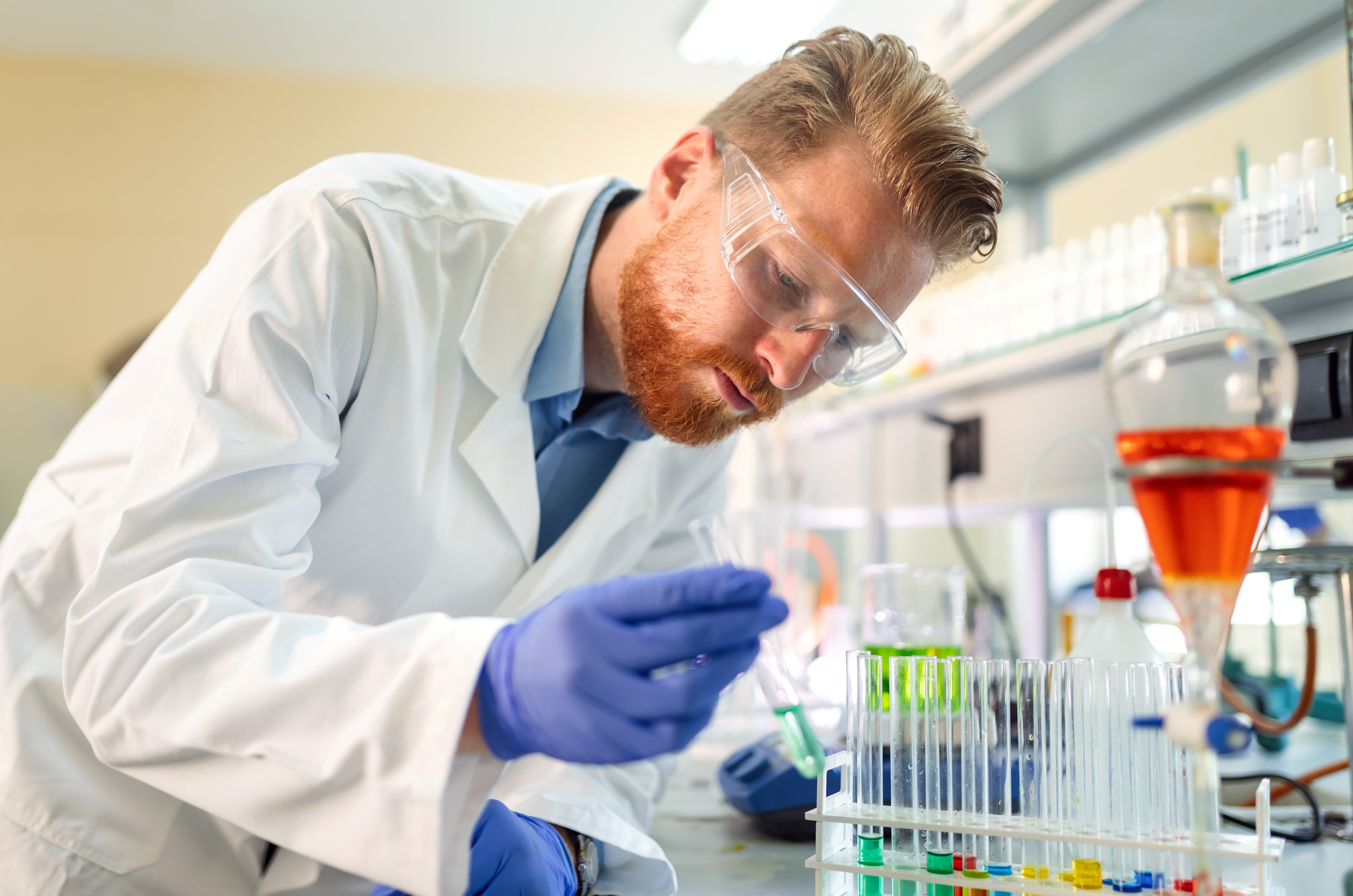
Solutions for solvent sustainability
Submitted by:
Andrew Warmington
Paul Vanden Branden, director and product manager at laboratory equipment supplier SciMed, examines the potential of supercritical CO2 to supplant environmentally harmful solvent in extractions and separations
The environmental and financial challenges associated with widely used organic solvents are severe. To reach sustainability goals, laboratories around the world must wean themselves off these long relied-upon hydrocarbons and pursue greener alternatives.
Using supercritical liquid CO2 in experimental procedures is gathering popularity because of its relative environmental benignity. It is easy to prepare, non-toxic, non-flammable and the recycling process for CO2 into the system means that it does not contribute to global warming.
Environmentally sound CO2 holds significant potential in its supercritical fluid phase to ease the scientific community’s dependency on expensive, hazardous and environmentally harmful organic solvents such as hexane. While suitable for use in a range of applications, this is especially important in procedures such as chemical extractions, separations and purifications. Supercritical fluid extraction (SFE) is an area of burgeoning interest and CO2 is the most common supercritical fluid used in SFE procedures.
Advantages of SFE techniques
SFE is conducted by pumping supercritical CO2 through a fixed bed of substrate: the CO2 flows through the substrate and dissolves soluble components until they are exhausted. The loaded solvent is then run through a separator where the soluble components are precipitated by adjusting the temperature and pressure before the CO2 is condensed and recirculated. By manipulating the density of supercritical CO2 fluids, they can replicate the performance of various organic solvents whose polarities range from n-pentane, at the lowest density, to pyridine, at the highest.
This feature allows selective extraction, purification and fractionation procedures to be performed. One area generating particular interest is the replacement of hexane, which is typically used for solvent extractions despite its known status as environmentally damaging, with supercritical CO2.
Hexane is commonly used for extracting oil contaminants from water and soil for analysis and for extracting edible oils from seeds and vegetables because of its efficiency in these experiments, which could not previously be matched by traditional alternatives. However, supercritical CO2 systems now allow comparable results to be achieved without requiring such a harmful chemical.
Globally, regulations are tightening around the use of harmful solvents such as hexane, with both the UK’s Department of Trade & Industry and the US Environmental Protection Agency publishing recommended procedures using supercritical CO2. Beginning the shift to supercritical CO2 systems and procedures in industry and academia now makes sense, as the ultimate outcome is likely to be a total ban on harmful solvents.
Supercritical CO2 is simply one avenue by which laboratories can progress towards sustainability while improving their practical output versus spending ratio. Other avenues include the increased use of on-site analytical apparatus to minimise dependence on outsourcing to professional laboratories and instrumentation to reduce utilities consumption.
SciMed exclusively represents Core Separations, the world’s largest supercritical CO2 company, which produces systems for laboratory scale applications (around 10 ml) and production-scale applications (250-500 litres). Its team of experts can also work on proof-of-concept testing for any new SFE procedures.
Contact:
Lee Murfitt
SciMed
+44 161 442 9963
www.scimed.co.uk/sustainable-laboratories-whitepaper/
